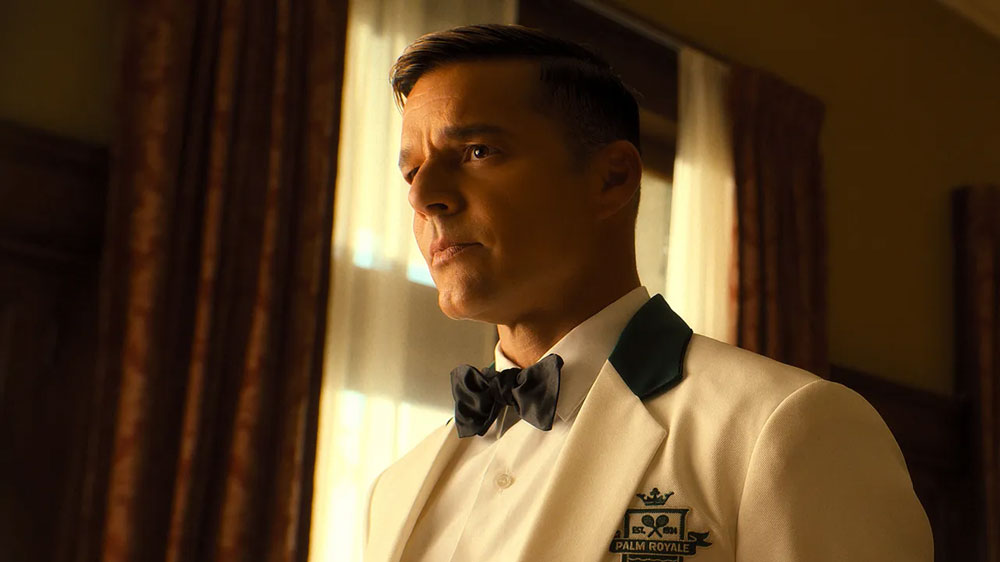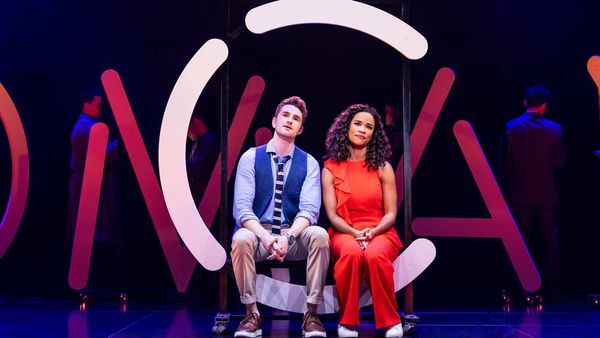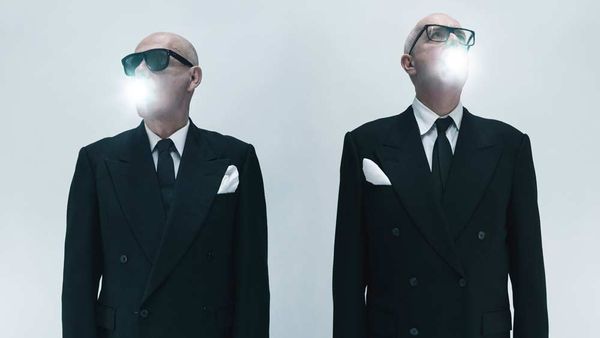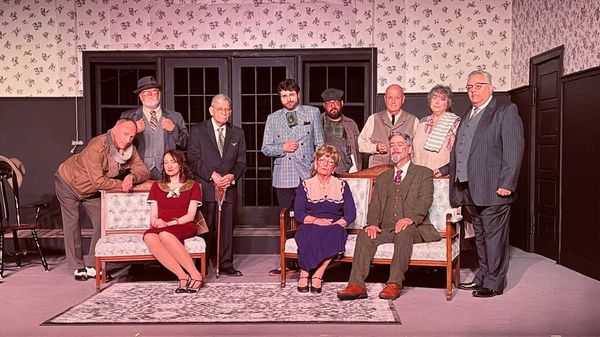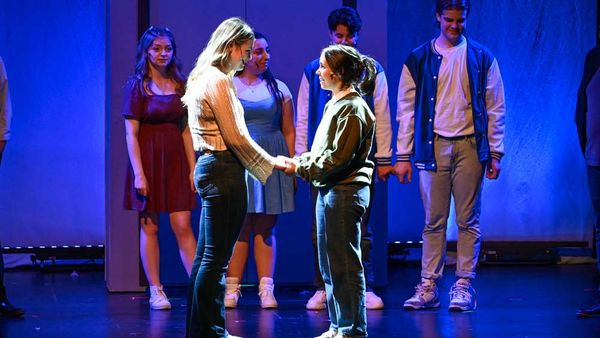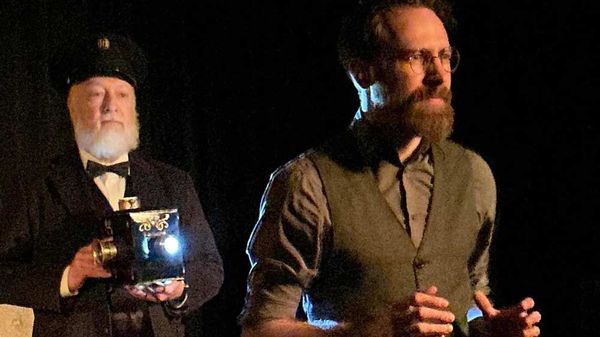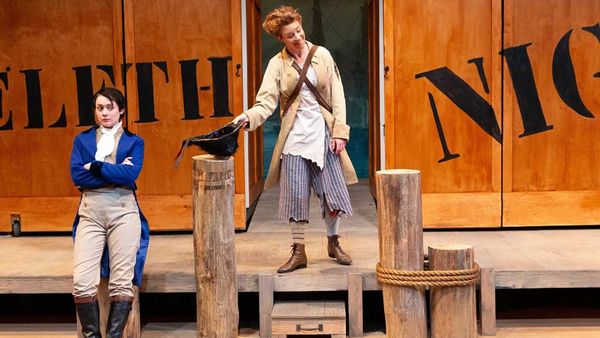October 6, 2007
The Mickey Rooney & Judy Garland Collection
Ed Tapper READ TIME: 5 MIN.
Raw talent -it was the prerequisite for making it in classic Hollywood musicals. Judy Garland and Mickey Rooney had it in spades. The circuit boy and valley girl types popular in today's films would have been laughed off the MGM set. Between them, Mickey and Judy sang, danced, excelled in comedy as well as dramatic acting, did impersonations and played a number of musical instruments. They also exuded warmth and positive energy, traits that endeared them to a generation emerging from the great Depression.
The pair was born into vaudeville families, and had begun stage careers - hoofing and belting out tunes -in early childhood. By 1939, Mickey Rooney was already a major star at MGM. Judy had 8 film credits to her name, and had just finished a little flick called The Wizard of Oz. The teenagers had been paired in 2 prior films when the studio decided to give them a major musical led by the legendary producer / songwriter Arthur Freed ( who would go on to produce most of Hollywood's great movie musicals,) and directed by Busby Berkeley. The result was Babes in Arms, a film whose popularity at the time all but overshadowed The Wizard of Oz. It made Garland a superstar, and Rooney was nominated for a 1939 Best Actor Oscar along with Clark Gable for Gone with the Wind. Neither won. The phenomenal success of Babes in Arms led to three subsequent musicals featuring the same stars and production team. Warner Brothers Home Video has just released an amazing box entitled The Mickey Rooney & Judy Garland Collection: Ultimate Collector's Edition, which more than lives up to its name.
In addition to a fold-out case containing the 4 DVDs, the elaborate box includes a photo portfolio containing 20 5x7" glossies of candid, behind-the-scenes shots, and publicity stills. A hard-bound movie guide contains essays on the films, chapter indices, rare photos, and an exhibition of poster and lobby card reproductions from the films. It also includes a bonus DVD with Robert Osborne's 1997 interview with Rooney, an indispensable compilation of musical numbers from several Judy Garland movies, and a collection of theatrical trailers from the duos other films. In addition, each of the 4 discs contains the theatrical trailer for the featured film, an MGM comedy short, and a cartoon.
The special features also include recently filmed introductions to the films by Rooney himself (who still appears to be going strong!,) as well as stereo remasterings of Busby Berkeley production numbers, and audio extras, including several radio broadcasts of Garland and Rooney. The splendid presentation, excellent annotation, and painstaking care lavished on this DVD set make it one of the best of its sort released to date. The films are presented in excellent black-and white transfers, and, seen nearly 70 years after they were released, have lost neither their appeal, nor their ability to entertain.
The DVDs are arranged chronologically, with Babes in Arms occupying its rightful first position. It is the strongest of the lot, the blueprint upon which the other three were based. The pace is breathless, and Mickey and Judy were up to the task, exhibiting boundless enthusiasm, and a rare chemistry that is readily appreciable. The film is fashioned loosely on the smash Rodger's & Hart Broadway musical of a few years earlier. Unfortunately, only two of the songs survived from the original score, the magnificent Where or When, and the title song, Babes in Arms. Freed and Herb Nacio Brown contributed Good Mornin,' a song later used to great effect in Singin' in the Rain. The plot concerns the children of vaudeville families who escape the state work farm and collectively prove their talent by putting on a show of their own. The supporting cast is a group of vaudeville and theater vets such as Charles Winninger and Henry Hull. Still harassing Judy after creating the Wicked Witch of the West a few months earlier, Margaret Hamilton is deliciously sinister as the harridan hell bent on committing the kids to a work farm.
And then there are those astounding Busby Berkeley production numbers. The visually stunning Babes in Arms sequence feature a massive bonfire. A minstrel show has Mickey and Judy entertaining in blackface. The finale is classic over-the-top Berkeley. One segment, in which the pair impersonated FDR and Eleanor, was permanently deleted when the film was re-released after the president's death. A complete copy was recently located, and the section has been re-inserted into this release. The DVD includes informative commentary by film historian John Fricke, who had obviously done his homework. Although he makes no comments about the films artistic merits, he provides every known fact about its cast and production. The comic short on this disc is an Our Gang comedy, and it's great to see Spanky and Alfalfa in beautiful picture quality.
Eager to capitalize on the enormous success of Babes in Arms, Louis B. Mayer used the same stars, crew and basic storyline for Strike up the Band the following year, and Babes on Broadway in 1941. Only one Gershwin song survived in Strike Up the Band, the title song. This time the kids decide to put on a show to raise money for their high school band to attend a competition being judged by Paul Whiteman, who appears as himself. The film lacks the punch of Babes in Arms, but picks up steam as it unfolds. The La Conga number is outrageously campy, and the grand Strike Up the Band finale, and some terrific tunes by Freed and legendary arranger Roger Edens, including Our Love Affair, put the film over.
In Babes on Broadway, young performers band together, and...you guessed it - put on a show against all odds. This time, it is to fund a summer camp for orphans. This is the first of these films to allude to the war in Europe, and it contains a musical number extolling the courage of the English. Mickey does his famous Carmen Miranda imitation in full drag. (not as amusing as Jerry Lewis' in the later Scared Stiff.) The film is elevated by Judy and Mickey's vivid performances, and the most lavish of Busby Berkeley's extravaganzas: the Hoe Down, and the massive finale. The latter featured yet another minstrel show in blackface which, at this point, may have viewers grappling with issues of political correctness. Look fast for future stars Donna Reed and Margaret O'Brien in small bit roles.
After Babes in Arms, Girl Crazy, dating from 1943 is the most satisfying of the lot, primarily due to the superb Gershwin score. But Not for Me, Embraceable You, and I Got Rhythm, were among the Gershwin tunes taken from the original 1930 Broadway production. Fascinating Rhythm, which was actually written for the earlier Lady Be Good, is thrown in for good measure. The colorful supporting cast includes Tommy Dorsey and his orchestra, the hilarious Nancy Walker, and the then song-and-dance gal June Allyson singing Treat Me Rough. The film was directed by Norman Taurog, but Berkeley was brought back to oversee the mammoth, closing I Got Rhythm production number, which provides a fitting finale to this important DVD collection. It is an absolute must for fans of the Hollywood musical.

